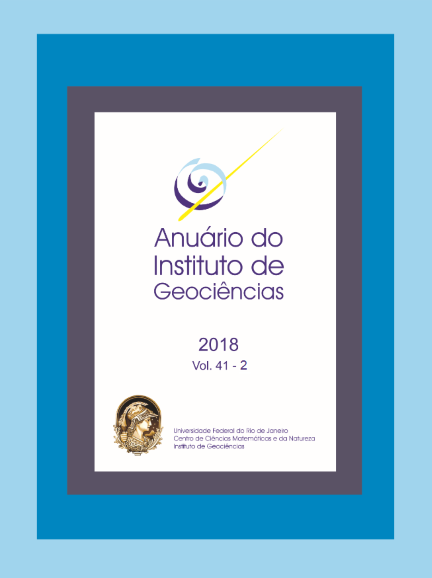Tool for Prospecting of Remaining Hydro-Energetic Potential
DOI:
https://doi.org/10.11137/2018_2_427_437Keywords:
GIS, Hidropower, Water resourcesAbstract
In the context of renewable energy sources, small hydropower plants are a good cost-benefit alternative and they can be implemented in remote communities that have waterfalls. The objective of this study was to develop and apply a tool in a GIS environment capable of pointing out sites for the remaining hydro-energy utilization in three hydrographic basins based on altimetric data and regionalization of flow rates. The results were verified by comparing hydro-energetic potentials identified with previously inventoried sites. From the comparative analysis, it was possible to identify the remaining potentials efficiently and quickly, being the tool an important instrument to assist in the prospecting of hydro-energetic potential.Downloads
Download data is not yet available.
Downloads
Published
2019-09-09
How to Cite
Junior, C. B. (2019) “Tool for Prospecting of Remaining Hydro-Energetic Potential”, Anuário do Instituto de Geociências. Rio de Janeiro, BR, 41(2), pp. 427–437. doi: 10.11137/2018_2_427_437.
Issue
Section
Article
License
This journal is licensed under a Creative Commons — Attribution 4.0 International — CC BY 4.0, which permits use, distribution and reproduction in any medium, provided the original work is properly cited.















